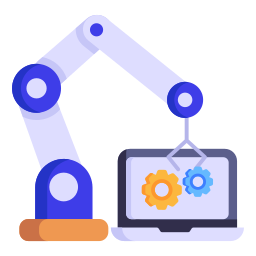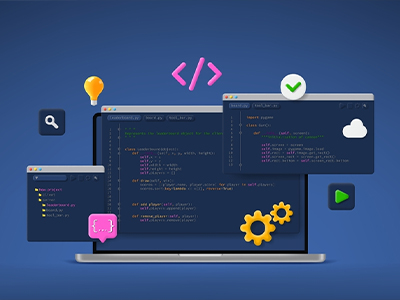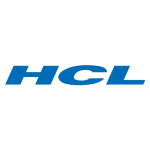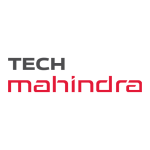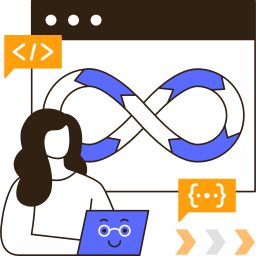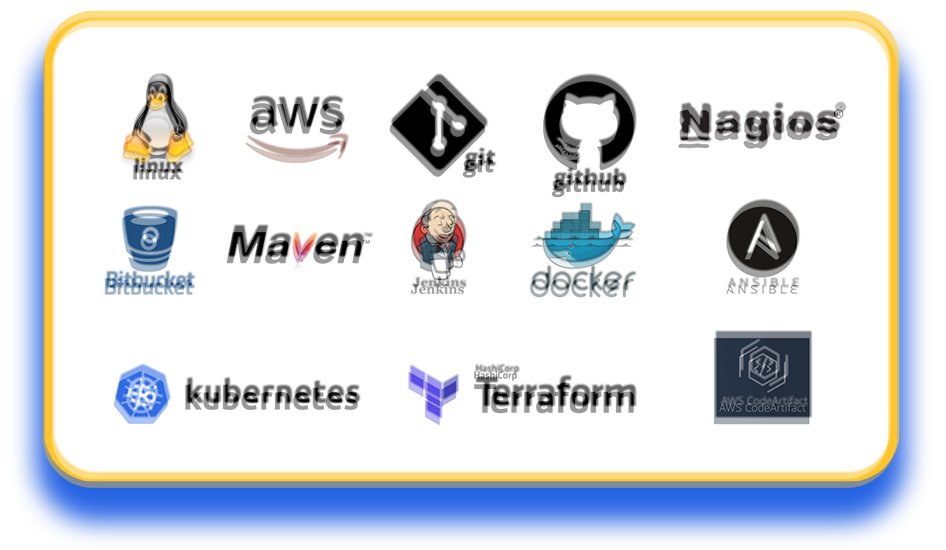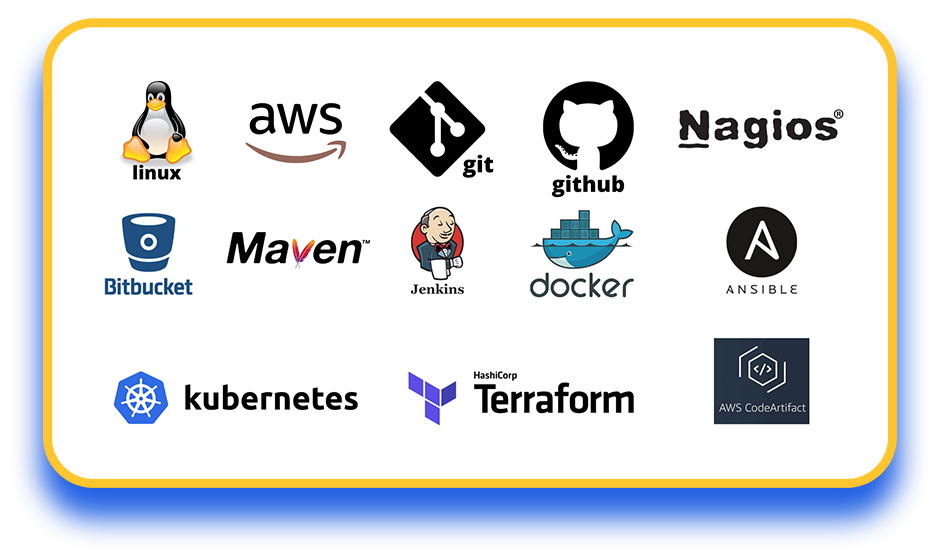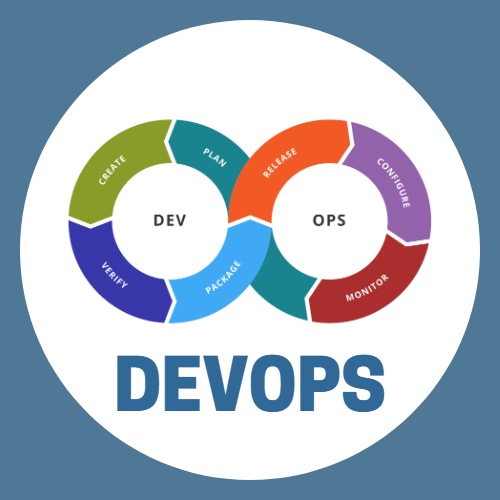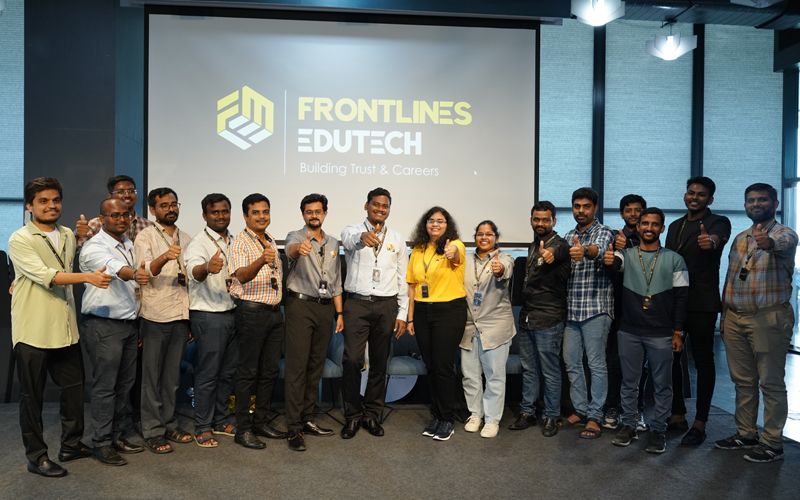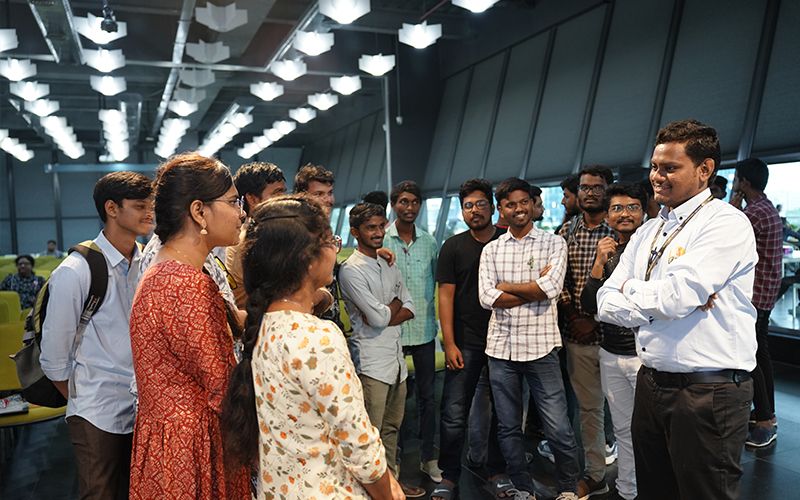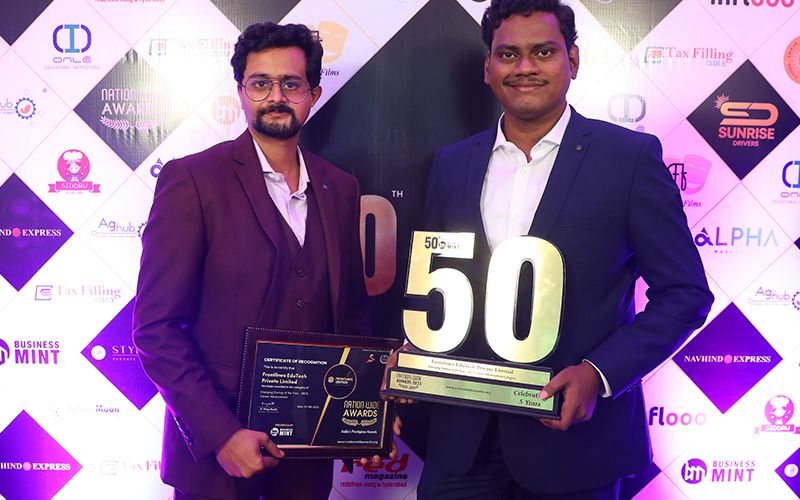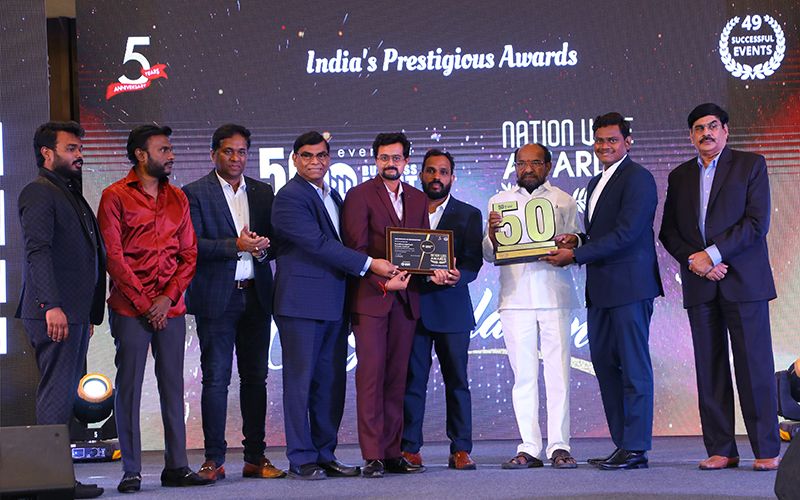Learning DevOps is like unlocking a universal key that fits seamlessly into various industries.
In IT and software development, it turbocharges the pace of software delivery, fostering collaboration. In finance, it acts as a robust shield against risks, ensuring compliance and secure operations.
In healthcare, it becomes a guardian of patient data, adapting swiftly to industry shifts.
For e-commerce, it introduces agility to development, elevating the customer experience.
In telecommunications, DevOps is the strategic tool for efficiently managing and scaling infrastructure.
This skill set, gained without jargon, empowers professionals to excel in a spectrum of industries, making them adept problem-solvers and catalysts for positive change.
IT and Software Development:
Example: DevOps streamlines code integration, reducing release cycles. GitHub and Stack Overflow offer insights into DevOps best practices in software development.
Finance and Banking:
Example: DevOps ensures secure, compliant financial systems. Deloitte's financial technology reports and insights from Financial Times detail DevOps adoption in the finance sector.
Healthcare:
Example: DevOps adapts swiftly to healthcare trends, securing patient data. Healthcare IT News and Deloitte's healthcare technology reports explore DevOps in healthcare IT.
E-commerce:
Example: DevOps powers agile e-commerce development for rapid adaptation. Forbes Retail and eMarketer provide industry insights into DevOps in e-commerce.
Telecommunications:
Example: DevOps ensures efficient telecom infrastructure management. Telecompaper and Telecommunications Industry Association (TIA) share insights into DevOps in the telecommunications sector.
Manufacturing and Supply Chain:
Example: DevOps optimizes manufacturing processes for efficiency. IndustryWeek and McKinsey offer reports on DevOps in manufacturing and supply chain.
Energy and Utilities:
Example: DevOps ensures the reliability of energy services. International Energy Agency (IEA) and Energy Information Administration (EIA) provide insights into DevOps in the energy sector.
Government and Public Sector:
Example: DevOps modernizes government IT systems for improved service delivery. GovTech and CIO.gov share insights into DevOps in the public sector.
Education Technology (EdTech):
Example: DevOps enhances EdTech platforms for efficient content delivery. EdSurge and eLearning Industry explore the role of DevOps in educational technology.
Automotive:
Example: DevOps ensures secure and reliable automotive software updates. McKinsey's automotive insights and Automotive News provide perspectives on DevOps in the automotive industry.
Increased Opportunities:
DevOps creates a surge in job opportunities as organizations prioritize skilled professionals.
Rise of DevOps Engineer Role:
The DevOps Engineer role gains prominence, requiring expertise in automation, CI/CD, and infrastructure as code.
DevSecOps Emphasis:
Job listings prioritize DevSecOps skills, reflecting the growing importance of integrating security measures.
Cloud and Containerization Skills:
Proficiency in cloud platforms and containerization tools remains high in demand.
Multi-Cloud Expertise:
Job descriptions seek professionals with multi-cloud and hybrid cloud expertise.
AI-Driven Automation:
AI enhances automation, allowing teams to focus on strategic aspects of software development.
Predictive Analytics:
AI enables predictive analytics, foreseeing potential issues and aiding in proactive problem-solving.
Automated Code Analysis:
AI-driven tools perform automated code analysis, improving code quality and detecting vulnerabilities.
Intelligent Incident Management:
AI offers intelligent insights into incident causes, speeding up incident response.
Chatbots for Collaboration:
AI-powered chatbots facilitate seamless collaboration and efficient communication within DevOps teams.
